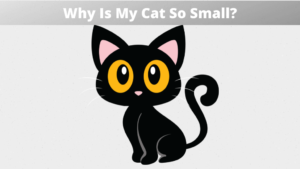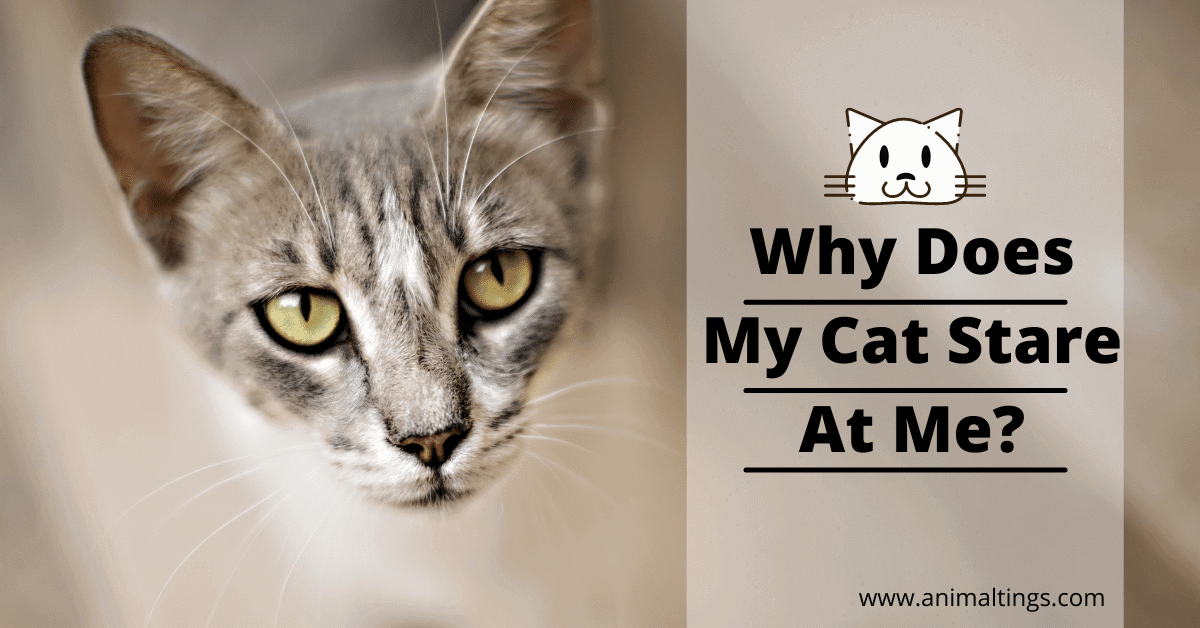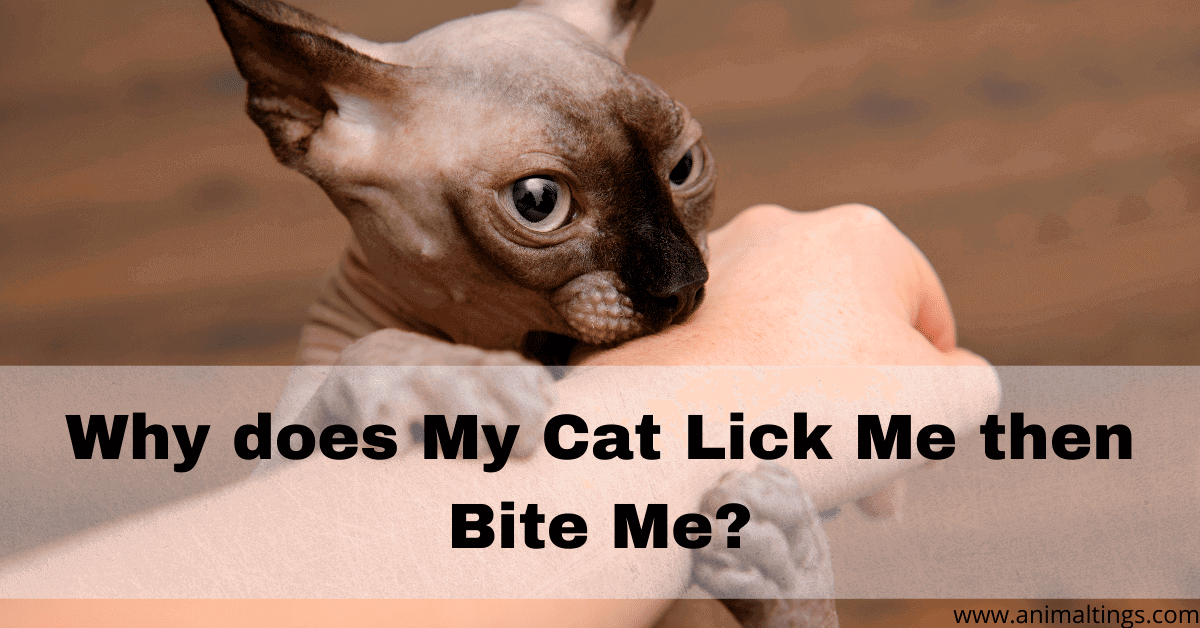While every one of them grows up (far too quickly! ), some breeds remain little even as adults. Just like more giant cats, little cats have a distinct personality. They’re also ideal for houses with limited square footage. You’ll fall in love with these adorable miniature cat breeds. APrt from the small-sized breeds, do you think why is my cat so small? There may be a few reasons. It is possible that your cat’s breed, gender, or dietary habits are to blame for her diminutive stature. Despite eating healthily, cats may be underweight because of a disease such as diabetes.
A cat that can keep your kids occupied is what you’re looking for. The Burmese cat breed is recognized for its extroverted nature, patience with children, and love of affection. Burmese cats are smaller than the usual feline, but they have a giant intellect for a small frame. They enjoy solving pet puzzles and learning new tricks using their intelligence.
As a pet parent, you’re likely to be concerned if your cat doesn’t seem to be gaining weight or is excessively small in size. The breed of a cat determines its average mature weight. Cats are born weighing only a few ounces, developing rapidly, gaining about a pound every month. Some breeds of cats can continue to grow until they are five years old, such as the Maine Coon.
Table of Contents
Why Is My Cat So Small?

Your cat’s small stature may be linked to various factors, including their breed and the intricate relationships between heredity, the environment, and, most crucially, nutrition. Some plausible explanations for small cats include the following.
1. The Gender of Your Cat
Remember that while a cat’s weight and height can vary, they can still be considered healthy and typical. On the other hand, female cats tend to be smaller than males. It’s hard to tell if the average size of a stray cat is increasing or decreasing, but if you look at breeds, you’ll see that male cats tend to be significantly larger. Early neutering, especially in males, is widely believed to harm growth. However, several studies have refuted this. When hormones are removed from the development plates of long bones, “the closing of the growth plates is delayed, resulting in bones that are longer.” However, the growth rate is so low as to be almost unnoteworthy.
2. The Litter’s Wretched End
If you have a cat, brother, or sister from the same litter and observe that your kitty is noticeably smaller, your kitten may be the runt of the litter.
The runt kitten is always the smallest and weakest in a litter, making it easier to tell them apart. Congenital problems, including structural, functional, or metabolic abnormalities, may be present in some runt kittens.
Runt kittens can be nursed back to health if their owners or the veterinarian shelter give them special attention. Some defects aren’t always evident. These kittens seldom survive in the wild, so if you’re lucky enough to have one at home, cherish it!
READ ALSO: What are the best Fluffy Cat breeds?
3. The feeding schedule.
Noticing that your kitty is little could indicate an underweight cat. As a result, keeping your cat on a regular feeding schedule is critical to guarantee that they consume the recommended daily caloric intake.
Since cats in the wild are comfortable hunting little prey, they eat numerous times a day. You might imitate this feeding routine by splitting their daily rations into multiple short meals.
Why Is My Cat So Small? Multi-cat households may also have an impact on your pet’s feeding schedule. Perhaps one of the cats is robbing the tiny cat, or the small cat may be sad and not eating because of the new cat’s presence. They may regain their reduced appetite and average weight if these fears can be alleviated.
Cats may not be eating as much as they used to if they have their food and drink bowls near each other or the litterbox. Depending on your cat’s age, lifestyle, and health, the amount of food they should eat each day can vary. Your kitty may have lost weight due to a lack of food intake, making them appear smaller than they would otherwise be.
4. Poor nutrition is also a factor.- Why Is My Cat So Small?

Poor nutrition throughout kittenhood is one of the most common causes of a bit of fluffball. As soon as a cat reaches eight weeks of age, it’s time for the owner to step in. The foundation of healthy maturity and healthy growth is a proper diet. As a result, be sure your new kitten is getting the proper nutrition and serving size when it arrives at your house.
A small-sized cat that has already reached adulthood may have been adopted because its former owner failed to provide a “well-balanced, meat-based diet – suitable for their age, health state, and lifestyle” or because the cat was neglected while living on the streets.
In some cases, your cat’s weight loss may be due to a lack of nourishment in their present food. When I tried to change the brand of cat food I gave my fluffy lordlings, I soon found that one of them refused to eat it, while the other went crazy for it. Keeping an eye on each cat while eating or even feeding them individually can prevent unwanted weight changes if you have more than one cat!
Our feline food & diet area is an excellent place to start if you’re looking for food reviews and nutritional information for your cat’s diet.
SEE ALSO: Can Cats Eat Whipped Cream?
5. The type of breed of your cat
Even if your cat is a stray with no known lineage, its heritage could be traced to one of the following breeds.
- Siamese
The Siamese, a medium-sized breed of cat, is a descendant of Thailand’s sacred temple cats. Even though they are modest in stature (weighing in at eight to fifteen pounds on average), they more than make up for it in personality.
- Curls of the United States
In addition to having unusually curled back ears that aren’t always sharp, the American Curl is a cute little dog that typically weighs between 5 and 10 pounds.
- Rex Cornish
The curly coat of the Cornish Rex, one of my favorite dog breeds, disguises them as sheep. Their size and delicate nature make them ideal for small aquariums.
- Singapura
Your Singapore kitty is tiny because they are one of the tiniest cat breeds, weighing between five and eight pounds.
- Devon Rex is the name of this person.
In addition to being hypoallergenic, the Devon Rex cat, which has a sheep-like appearance, weighs less than eight pounds on average.
- Bobtails from Japan
As cute as the Japanese Bobtail cat’s tail might be, keep in mind that they can grow up to eight or nine inches in height and weigh anywhere from five to ten pounds!
- Balinese
The Balinese’s diminutive stature may stem from their ancestry as a longhaired variation of the Siamese cat. They only weigh about five pounds.
6. Dwarfism in Cats
There has been a growing interest in feline dwarfism in recent years to shed information on this ailment in animals and people alike. Although these cats may have pseudoachondroplasia. The Munchkin breed hasn’t been thoroughly defined clinically and genetically, although these cats may have a genetic abnormality.
The Cat Fanciers’ Association and the American Cat Fanciers Association do not accept Munchkin cats as an official cat breed. But the International Cat Association does. Although Munchkins are a type of dwarfism, there are cats with dwarfism that result in shorter arms, unusually proportioned bodies, and underdeveloped sections, such as Grumpy Cat or Lil Bub.
They might be munchkin kitties or suffer from any dwarfism. So keep an eye out for their disproportionate Body and short legs. It’s possible that regular vet visits can help you stay on top of any health issues that may arise due to your pet’s diminutive stature.
7. Parasites in the Body
Whether acquired as kittens or carried as adults, your cat’s parasites may be another contributing factor to their tiny size or slow growth. Hookworms, tapeworms, and roundworms are the most prevalent types of worms. They can afflict cats and impede the growth and development of kittens.
You should be on the lookout for a loss of weight and other concomitant symptoms including diarrhea and vomiting as well as a bloated tummy and continuous coughing,” says Dr. Ernest Ward. Taking your new kitten to the vet and administering anti-parasite medicine is essential because of this.
READ ASLO: Why Do Cats Like Lavender?
The Symptoms Of Hyperthyroidism Or Diabetes – Why Is My Cat So Small?
The loss of weight may indicate illness if your cat usually has been eating and you haven’t seen any changes in appetite. If your cat is losing weight despite increasing hunger, this could indicate diabetes.
More commonly seen in middle-aged and older cats, hyperthyroidism has a similar effect. Weight loss, increased appetite, thirst, and frequency of urination are all symptoms to watch for. If you notice your cat vomiting, diarrhea, becoming agitated, or if its coat appears matted or greasy, you may want to take your cat to the vet.
Is It Normal For A Cat To Be Small?
Cat parents must be on the lookout for any changes in our cat’s weight or growth, as these could be indicators of a severe illness or infection. Instead of self-diagnosing, we must take our cats to the vet.
On the other hand, if you discover that your cat is descended from a minor breed, you don’t need to be concerned. There is nothing wrong with having a little cat as long as they are healthy, well-fed, and don’t engage in any disruptive or harmful behavior.
The reason for your cat’s tiny (Why Is My Cat So Small?) stature could be genetic, the result of an illness they overcame as a kitten, or they could be naturally thin in the back. Love them for who they are if they’ve always been like this!




